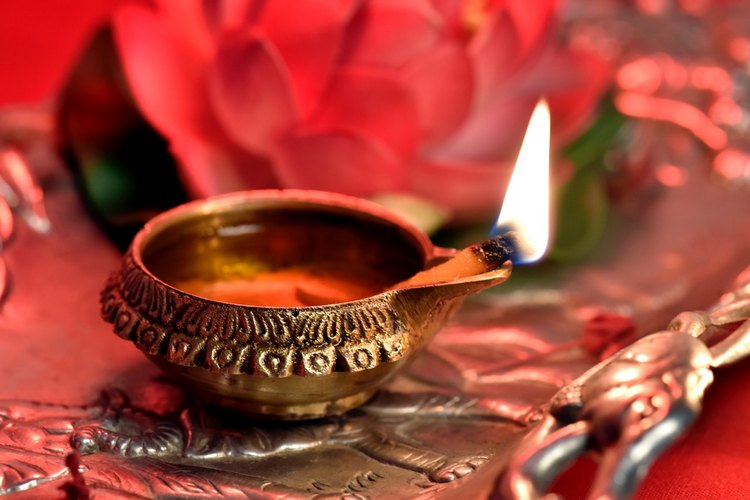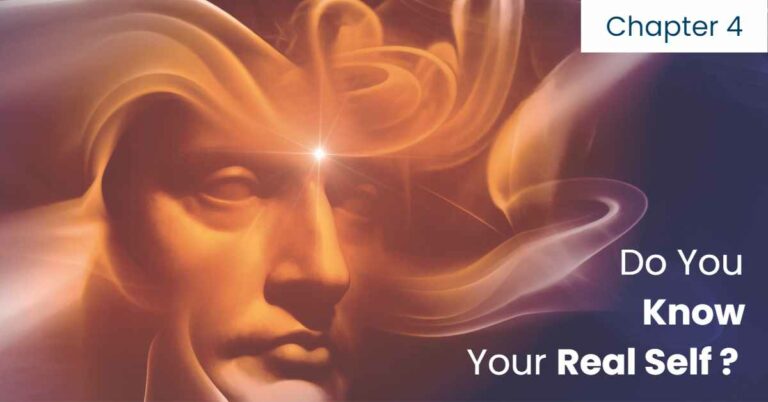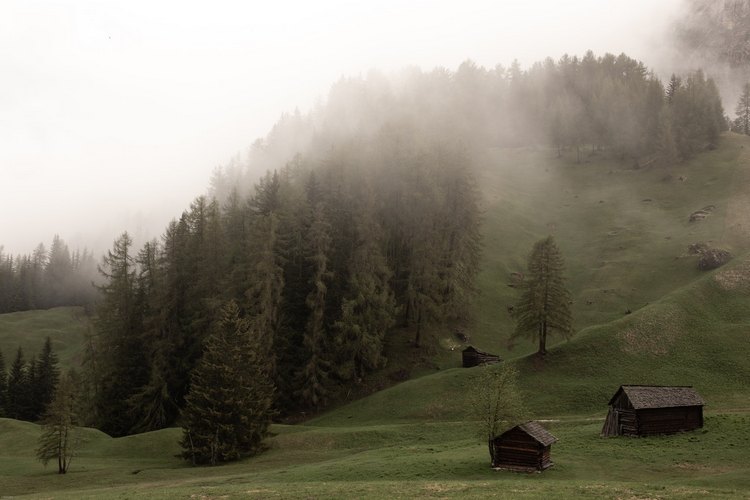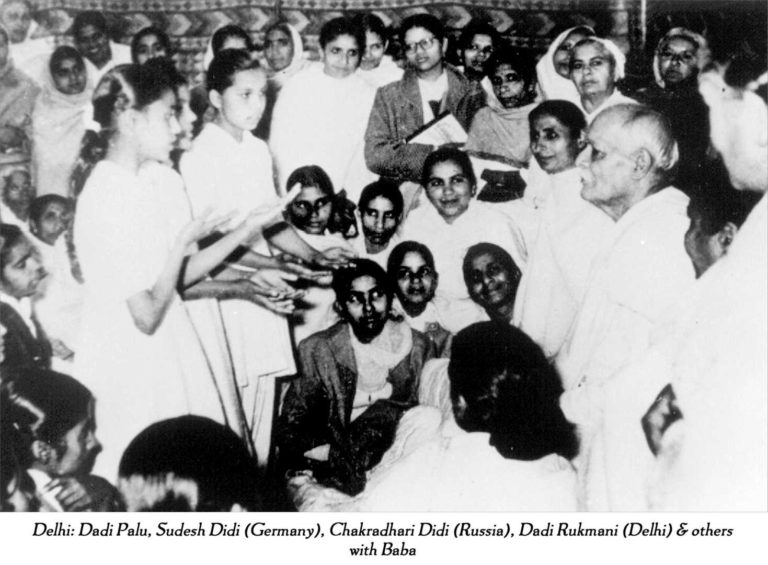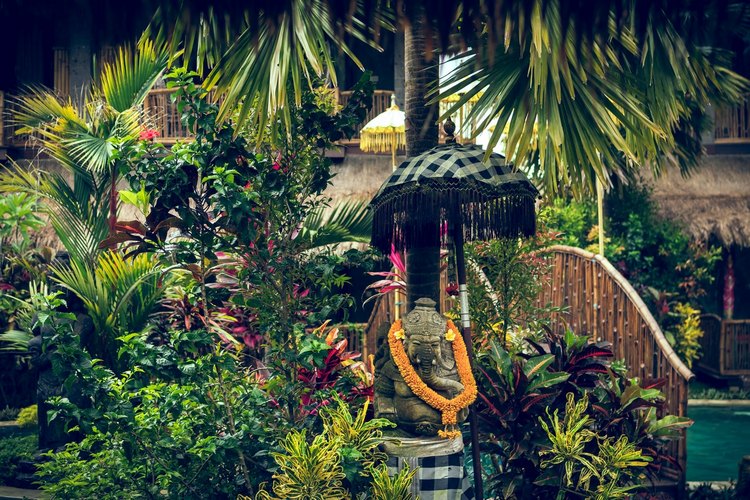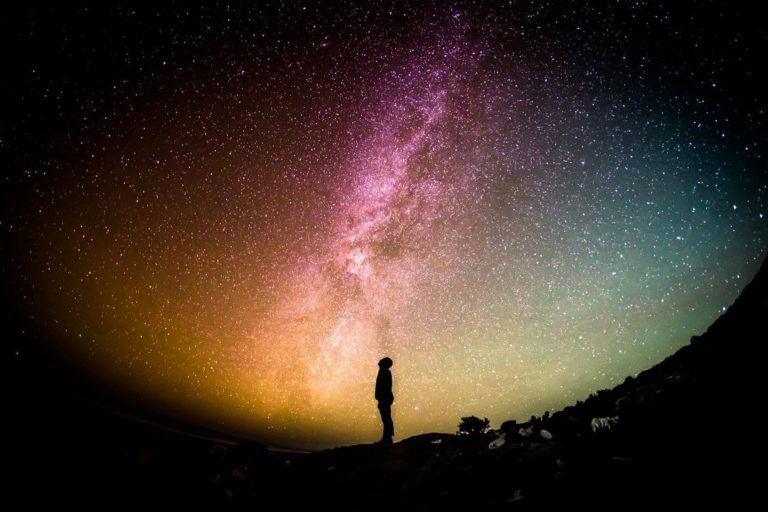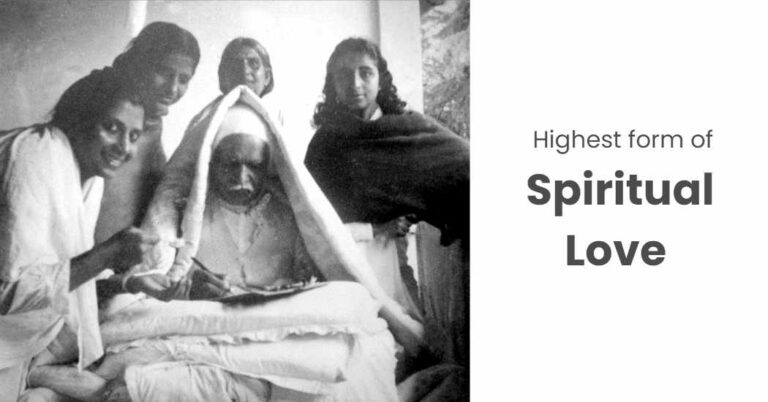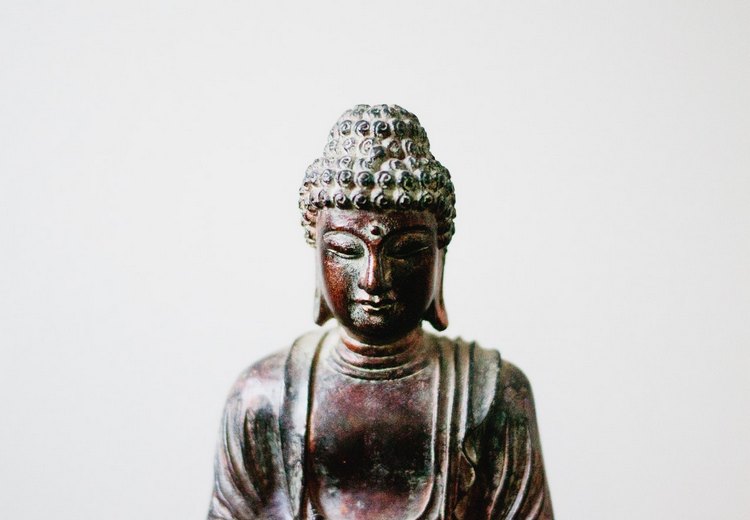
To Give Love is a Gift, To Receive Love is an Honour
This article beautifully explains the significance of love in relationships. It compares how anger increases distance while love lessens it, highlighting the transformative power of love in human connections. It emphasises the idea that giving love leads to receiving it, creating a positive cycle. The piece concludes by stating that love, as a divine force, is essential for inner peace and spiritual growth.

